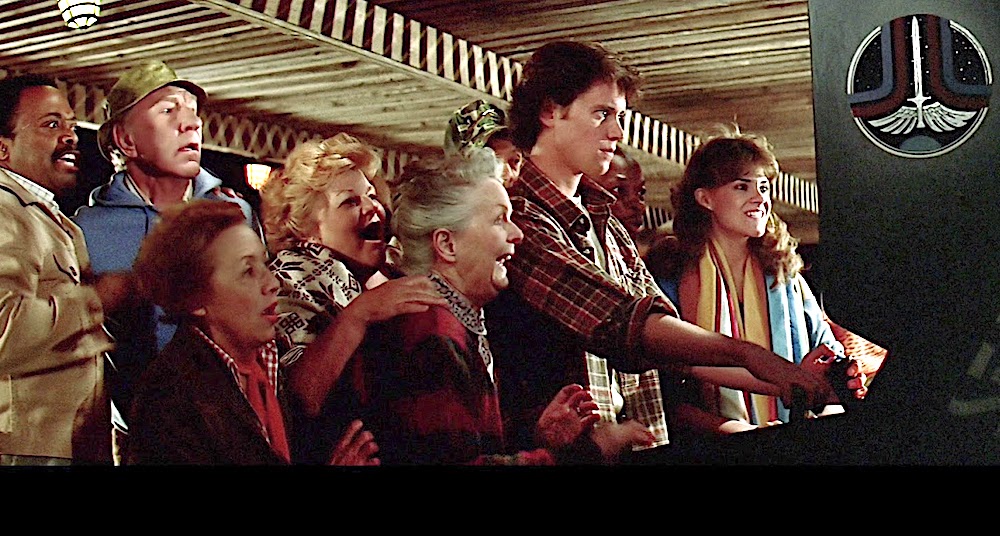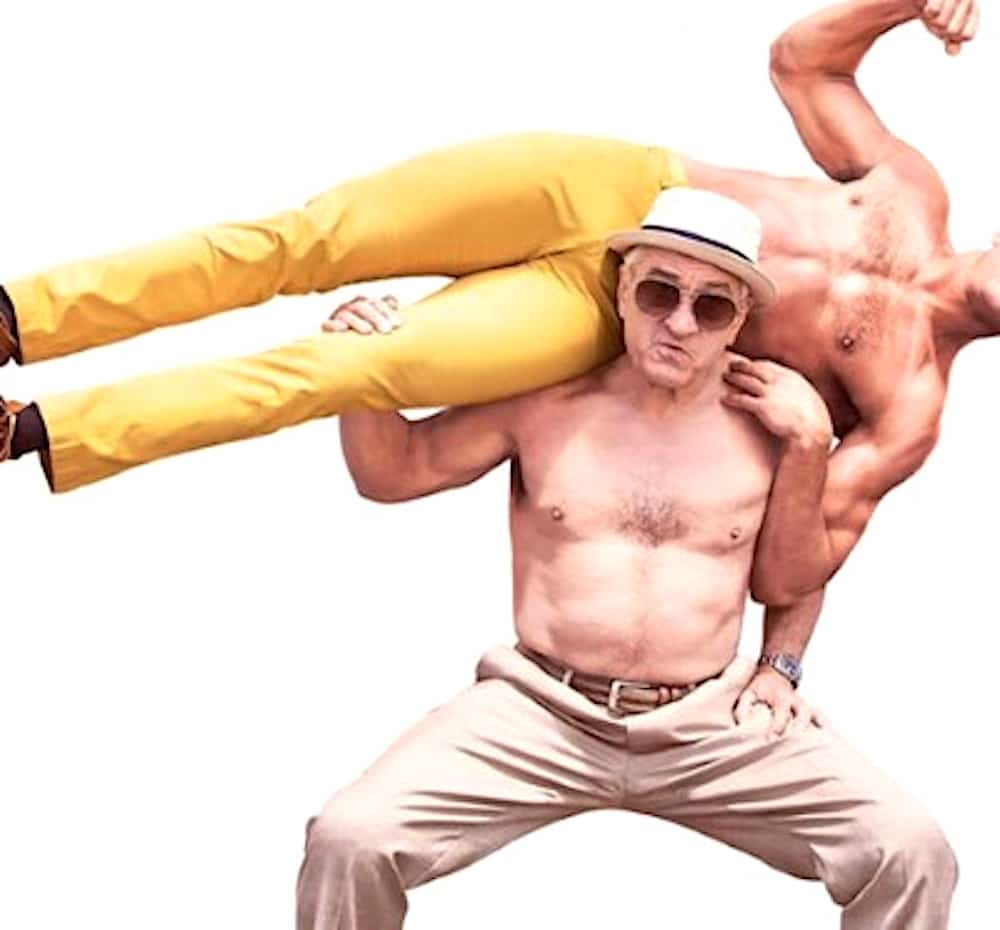"We had one shot and we missed it…"
Heard the story of an Irish scientist who, in 1985, invented a “motion-sensitive” game so good it threatened to knock the gaming world off its axis?
It’s a good one.
Along with an astrophysicist who would later work with Russian and American space agencies on international space missions to Mars, Venus and Moon, and another fellow academic, Dr Norman McMillan “wanted to conquer the sporting world with the help of his complex algorithms.”
All three developers threw twenty thousand quid apiece into building Surf Champ, the 2020 equivalent of almost quarter of a million pounds.
They wanted a joint project that would allow them to pursue their individual interests, but could be commercially viable too. The UK’s burgeoning home computer gaming market seemed ideal, but what should be the first subject?
“I was a surfer,” explains Dr McMillan. “So, I knew about surfing and as a physicist I said I could do a computer game with a proper mathematical algorithm so it would be accurate, which of course it was.
“That was how Surf Champ started out, then John came up with the idea of the surfboard overlay for the keyboard. Susan’s speciality was ultra-fast programming for the latest space technology of the time, which would help make it all work.
The set-up is wild for 1985.
A little plastic surfboard sits on the keyboard and the movement of your fingers hits the various buttons and shifts the surfer around on the screen.

Let’s read a little more.
In autumn 1985, McMillan and his son Doug headed for Rossnowlagh beach in Ireland for the European Surfing Championships, and had a huge slice of luck.
“There was not a wave in sight,” remembers McMillan. “It was perfect for us because the surfers had nothing to do. They played the game non-stop instead, and all of them said it was absolutely accurate.”

Among them was Jed Stone, then the reigning English surfing champion, who would soon collect another title – at the inaugural World Computer Surfing Championship.
“They set up some computers and showed us how to play,” recalls Stone. “Your fingers are on the board so you are actually riding the wave in that way. I know it is not your feet, but your mind is thinking the same way it would be if you were standing up – so, in that respect, it was accurate, yes. The graphics look simple now, of course, but at the time there was nothing else like it, so it was a case of ‘wow, look at this’.

And then, of course, disaster.
Money lost, hearts broken etc.
“We had one shot, and we missed it,” says Dr McMillan.






